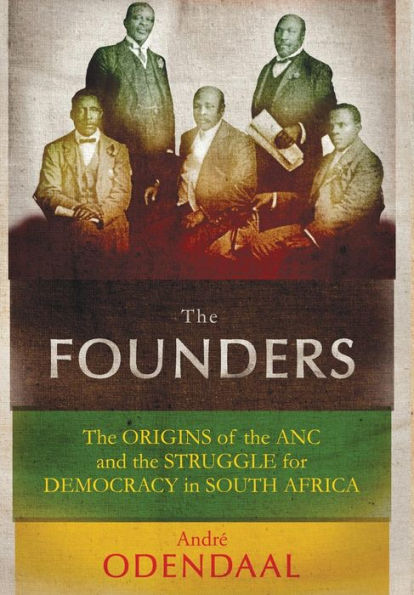5
1
9780813143149


The Founders: The Origins of the ANC and the Struggle for Democracy in South Africa available in Hardcover

The Founders: The Origins of the ANC and the Struggle for Democracy in South Africa
- ISBN-10:
- 0813143144
- ISBN-13:
- 9780813143149
- Pub. Date:
- 11/19/2013
- Publisher:
- University Press of Kentucky
- ISBN-10:
- 0813143144
- ISBN-13:
- 9780813143149
- Pub. Date:
- 11/19/2013
- Publisher:
- University Press of Kentucky
35.0
In Stock

Product Details
| ISBN-13: | 9780813143149 |
|---|---|
| Publisher: | University Press of Kentucky |
| Publication date: | 11/19/2013 |
| Pages: | 616 |
| Product dimensions: | 6.50(w) x 9.00(h) x 1.90(d) |
| Age Range: | 18 Years |
About the Author
From the B&N Reads Blog
